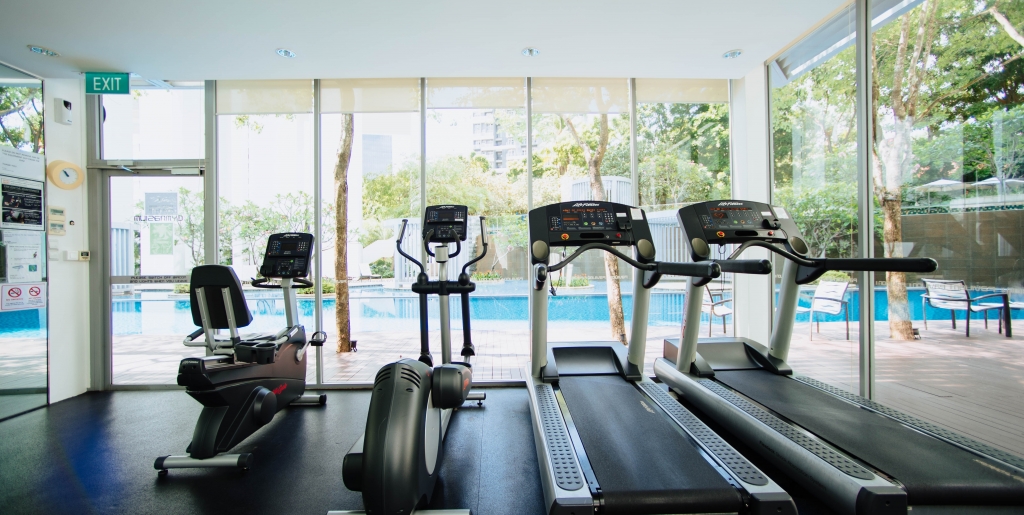Treadmills
The bad news – you’re out of excuses. They’re not going to fly any longer. Sorry, blaming the rain, the snow, excess solar penetration or smog levels, these are excuses that you cannot simply toss out at a whim to your family as to why you cannot get off the couch and finally tackle those extra 15 pounds that have been hanging on your mid-section like some clingy teen at a Justin Bieber meet-and-greet. Exercising does not have to be outdoors any longer. And if you use those excuses as to why you can’t hop in your car and get to the gym, those also won’t fly. The reason why … the treadmill.
Believe it or not, when the treadmill first made its commercial debut even the same manufacturers that brought it to market didn’t believe it would last. The game plan was to see if the treadmill would catch on at gyms, and then perhaps customers might buy them for their home to use every now and again. But that thinking has been flipped on its head, because nowadays treadmills are littered across bedrooms, living rooms, patios, garages, and even backyards across this great nation. They are everywhere and the reason why – ease.
When something is easy to use, people use it. A home treadmill is an excellent investment, but not something to purchase on a whim. A handful of key factors should be deliberated on that include but are not limited to your budget, the space for the treadmill, how many people will be using it, how you’ll use it (casually or training for something) and any extra options you’d require. Of this list, budget typically narrows the whole thing down quickly. Spending between $1,500 to $3,000 will land you a great machine. Anything under $1,000, buyer beware. If two or more folks will be regularly using the treadmill (a runner or two at least per day), then keep your budget above $1,500.
Once you’ve narrowed the choices based on the money you can spend, key in on the treadmill horsepower. Motor specifications and horsepower can be confusing, so to keep it simple, look for a motor that will yield 1.5 continuous-duty horsepower (CHP). If you are running long distances or getting into training situations, 2.5 to 3.0 CHP is recommended. On the specification side, the belt size is important. Most belts should be roughly 48 inches long and 18 inches across. If you’re 6 feet or more, go for a 54-inch belt. On the speed side, a good treadmill will allow you to break 10 mph and the incline should exceed 10 percent. The running bed needs to be able to absorb shock well, so it is recommended to always try a treadmill out prior to purchasing. If it’s doing a lot of shaking when running or walking that’s a bad sign.
Finally, the warranty. The frame and motor should have a lifetime warranty or at least 10 years. All the electronics should come in with a 5-year warranty while parts and labor should have a 2-year warranty. If any of the limits dip below these levels, then that’s a red flag before buying. Again, your excuses have run their course, so it’s now time to get to running!


Comments:
Login to leave a reply